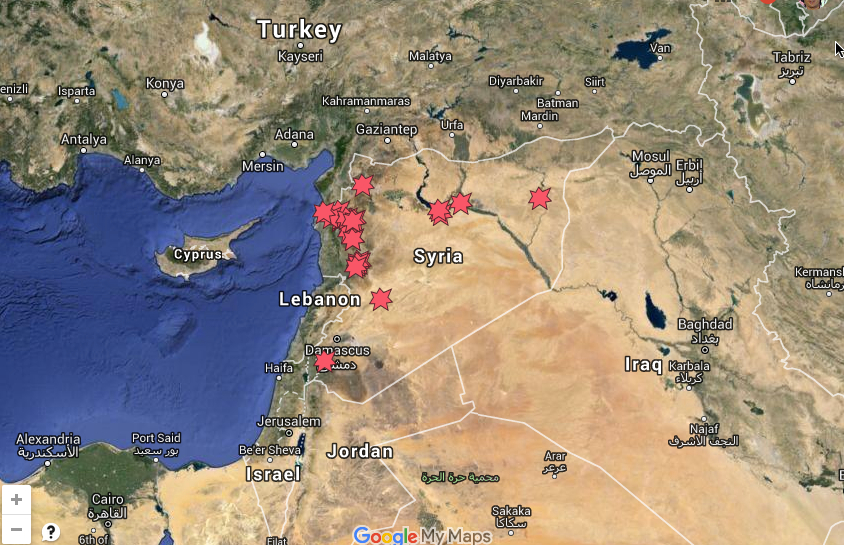The Russian contingent has launched its airstrikes in Syria. And this interactive map shows them all.
On Sept. 30, the Russian Air Force launched its first airstrikes in Syria (with controversial results).
Since then, the RuAF contingent has launched more raids, some of those conducted by the six Su-34 Fullback bombers, the most advanced tactical jets in the Russian inventory, deployed to Latakia just a couple of days before they were used for the first time in combat.
The following interactive map by @Radicalenzyme shows the location of all the known attacks so far.
As the RuAF Su-24s, Su-25s and Su-34s deliver their unguided and guided munitions on ISIS (and, according to some reports, Free Syrian Army) targets there is some concern that the lack of coordination with the US-led coalition may cause some trouble sooner or later.
In #SYRIA #Su34 bombers carry out pinpoint attacks from 5000 meters,their equipment provides absolute strike accuracy pic.twitter.com/HuavQXHX12
— Минобороны России (@mod_russia) October 2, 2015
Considered the number of sorties launched by the coalition (from 1 to 6, according to the daily reports by U.S. CENTCOM) the risk of mid-air between Russians and U.S. planes is still quite low. Beginning on Oct. 2, Su-30SMs have appeared next to the attacking Russian planes: they are equipped with good air-to-air radars, useful to have an idea of the “picture.”
#Syria As expected, Russian Su-30M are giving air cover to Su-24/25/34 over Idlib. At least 2 R-77 AA missiles. pic.twitter.com/NHLXWVe34V — Green lemon (@green_lemonnn) October 2, 2015
According one of our sources with deep knowledge of Operation Inherent Resolve, who wishes to remain anonymous “with a growing presence of Sukhois across Syria and little notification, we can’t completely rule out that different packages will one day come a bit too close each other. Can you imagine what happens the first time an escort plane supporting a strike package starts tracking a Russian plane, or vice versa? The best solution is to divide the Syrian airspace into different areas and assign them to the different parties.”
















